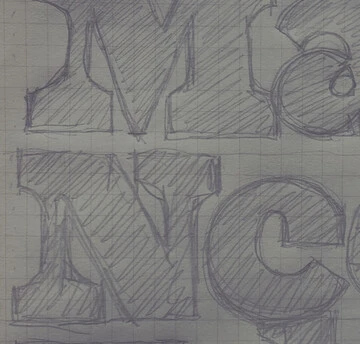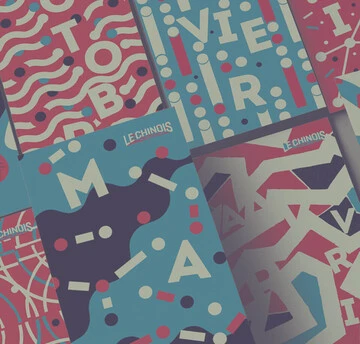category-display
A display font is a broad category of fonts that are designed for short-form and often large-format applications, such as billboards or posters; logotypes; headlines or headings in magazines or websites; and book covers. Display fonts transcend styles—they can be a serif font, slab serif, didone, script, sans serif, and so on. Many typefaces are designed purely as display fonts and given a range of decorative features, as seen in Walbaum. Some typefaces, such as Helvetica Now, will include a display version in which the original design is embellished or exaggerated for use at larger sizes.
Are display fonts better for logos?
Yes, display fonts are generally better for logos, though of course you can use any font that fits your brand and delivers the functionality you need. However, display fonts are designed for bold, standalone usage, whether it’s a headline, advertisement, or logo. What distinguishes a display font is not its appearance but rather its usability at large sizes. Display fonts include an enormous range of aesthetics, from the very understated to the wild and eccentric, so designers have a wide range of moods and stylistic choices available to them.
Are display fonts good for online reading?
Display fonts are not designed for reading per se, but most will be good for online reading insofar as you can use them on websites and mobile devices. Display fonts are meant for standalone usage like headlines, advertisements, and logos. If you’re using a display font for headings on a website, you will want to make sure it renders well at smaller sizes so the usability of your website isn’t compromised on smartphone screens, for example. Display fonts with a lot of embellishment may lose their integrity on small screens.
When should I use display fonts?
You can use display fonts in any short-form or large-format application, such as billboards, posters, logos; headlines or headings in magazines or websites, and book covers. You should not really use display fonts for long-form text either in print or online, UX copy, or fine print. Display fonts are best thought of as complimentary, in that they work alongside other fonts within a type system to deliver emphasis, attract attention, and give your design some personality.











